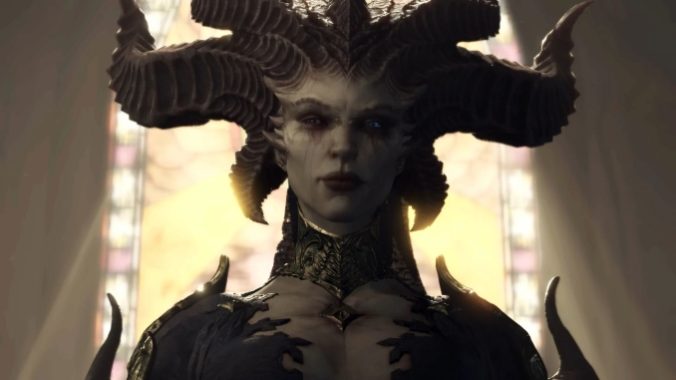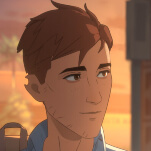Diablo IV Loses Itself in a Gargantuan Live Service Hellscape

Diablo always begins in a town, whether it’s Tristram, the Rogue Encampment, or New Tristram (conveniently located on the outskirts of a largely obliterated Old Tristram). Towns have a long history in dungeon crawling. From the earliest tabletop adventures to the most recent Final Fantasy, in my mind, the best dungeon crawlers always have towns. Whether it’s Wizardry (the progenitor of Dragon Quest, et al.) or The Dungeons of Moria (which directly ties into the creation of Diablo), my takeaway from a lifetime of dungeon crawlers is this: a dungeon is only as good as the town it menaces.
Tristram was a triumph in that regard, elevating a bog standard solo adventure from a grim fantasy dungeon loop into a tidy, compact cosmic horror story about a backwater town and the primeval doom just below its surface, and all the weirdos that lived there. It’s a vision of the fortitude and precarity of civilization. We enter Tristram as an outsider, and come to see it as a refuge, a bulwark, and ultimately doomed despite our best efforts.
Diablo IV presents us with that town, offering us warmth and salvation in a blizzard. And then it immediately kicks the chair out from under us with bloodthirsty cultists. It fucking rules, until it doesn’t.
Despite all its grand setup with a tense cinematic featuring the blood and tissue arrival of Mephisto’s daughter Lilith, the emergence of a weird pale Sith Lord-looking motherfucker to a town corrupted and hostile, Diablo IV can’t hold onto the promise of either its narrative and thematic setup, or its history as a franchise. Diablo IV plays at subverting the town, only to blow apart the premise by giving us an expansive world littered with towns, encampments, and cities. Rather than trusting us with metaphor and miniature, Diablo IV has to show us an entire world at stake, as though we won’t believe that it’s there if it doesn’t. And from the small town where I’d held a glimmer of hope we’d spend the entire game, we’re rushed off to the first capital city of Kyovashad.
I can’t tell you the name of a single person in Kyovashad. There’s a blacksmith and a jeweler, a mystic enchanter who deals in “Aspects” (the bankable, transposable augmentations that make weapons and armor legendary), a horse vendor, and then the Old Gachapon Crone, who for fistfuls of Murmuring Obols (a fake currency with a name far too compelling for how uninteresting it is as a resource) will let you gamble on drawing powerful items or meltable fodder. An alchemist will let you expand the utility of your health flasks in exchange for materials (one early tier will take either luck on rare boss spawns or luck in grinding werewolves—it sucks) or craft elixirs for temporary percentage bonuses to add to all your other percentage bonuses. In every other capital city there are more just like them with different names that I don’t and won’t remember. They occupy different arrangements, on different side streets. The most detail I’ve held on to these NPCs is that one blacksmith hangs out with a tribe of Barbarians on the outskirts of the sprawling salt flat trading city of Ked Bardu—a refuge against bandits and cannibals. Towns that dot the truly colossal map of Sanctuary feature different assortments of each trade NPC. Some have alchemists and not blacksmiths. Others just have a blacksmith, and so on. All with names. None with personality.

-

-

-

-

-

-

-

-

-

-

-

-

-

-

-

-

-

-

-

-

-

-

-

-

-

-

-

-

-

-

-

-

-

-

-

-

-

-

-

-








































